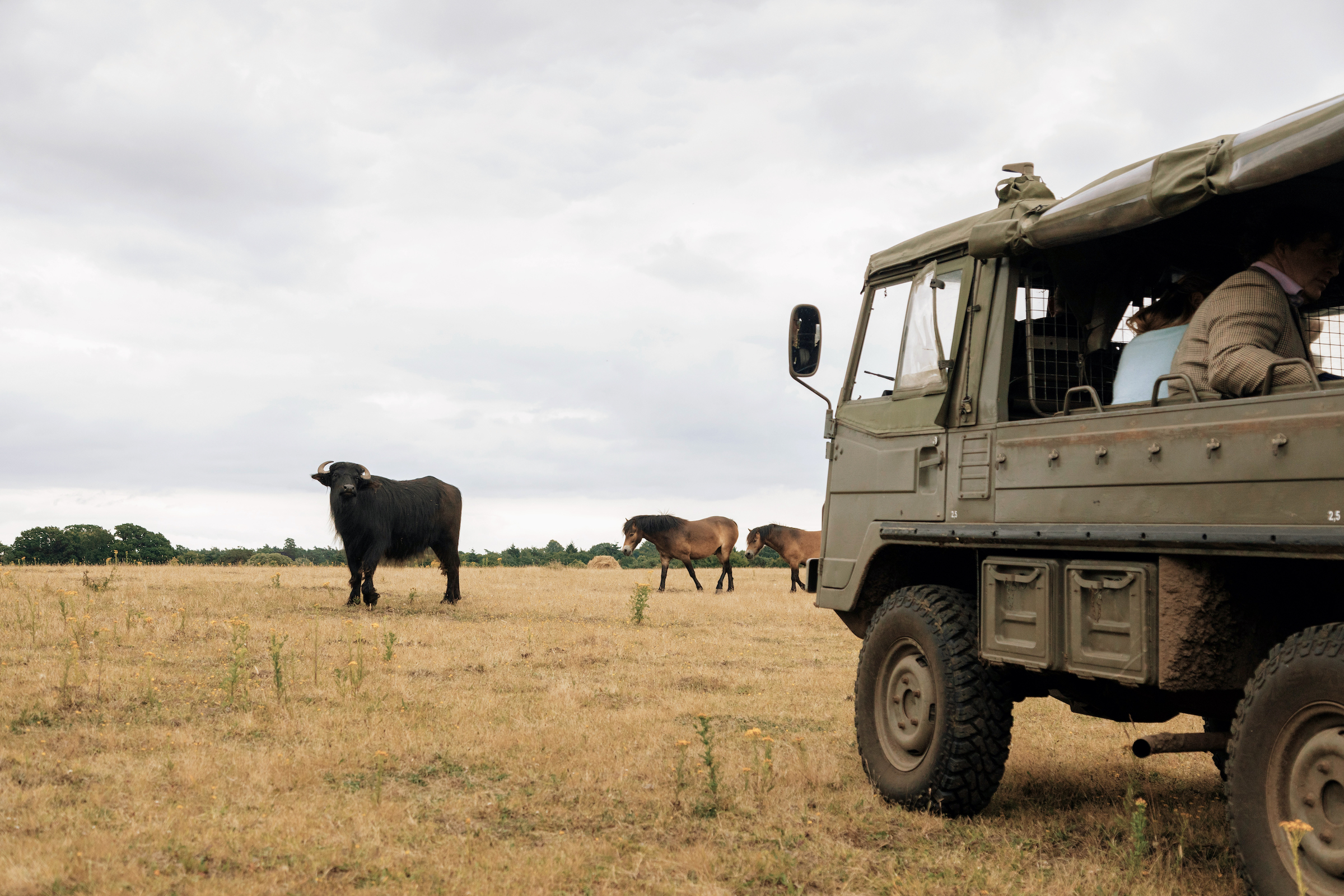The 1000-acre nature restoration project is set up to self-manage, leading to the protection of sustainable wildland that is now home to water buffalo, Highland Cattle, Large Black pigs, and Exmoor ponies. It aims to restore an equilibrium by reintroducing flora and fauna and increase the number of endangered species.
Animals and plants that live together increase in numbers and grow stronger than when separated through traditional farming methods. Guests at Fritton Lake can visit our nature restoration project through a guided nature safari.
Ecological Surveys
A team of expert volunteers have been monitoring the success of different species across the estate through ecological surveys. These have shown a significant increase in endangered species making good progress across both rewilded and farmed areas.
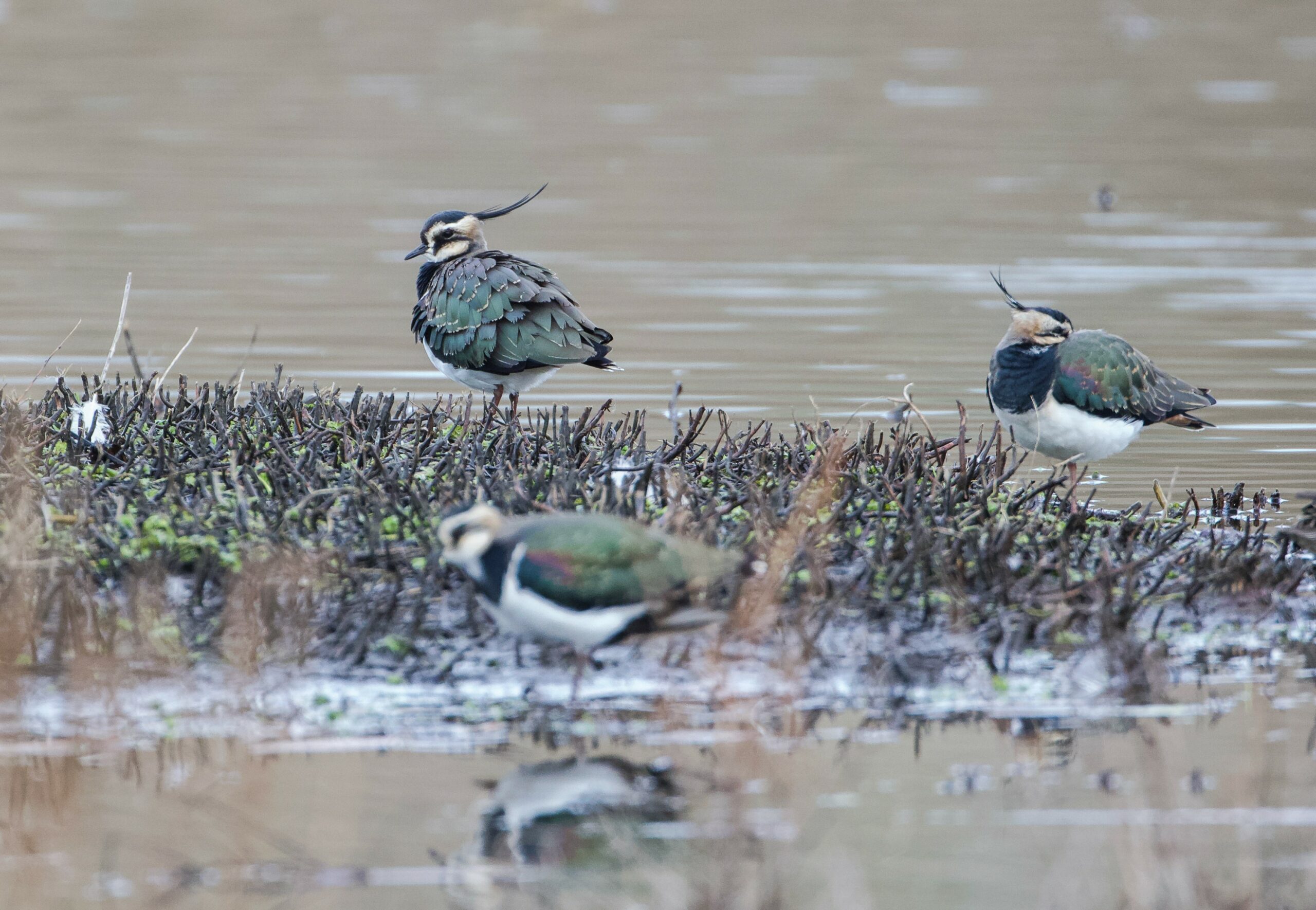
Footdrains and water levels are managed on the marshes to create the ideal habitat for wading birds to breed and has led to increased sightings of endangered species such as Lapwing and Starlings birds across the 2021/22 winter. Water vole survey data has shown we have a good presence of them at both Somerleyton and Herringfleet marshes.
- Marshes Winter and Breeding Wader Results (pdf)
- Water Vole Survey Results (to follow)
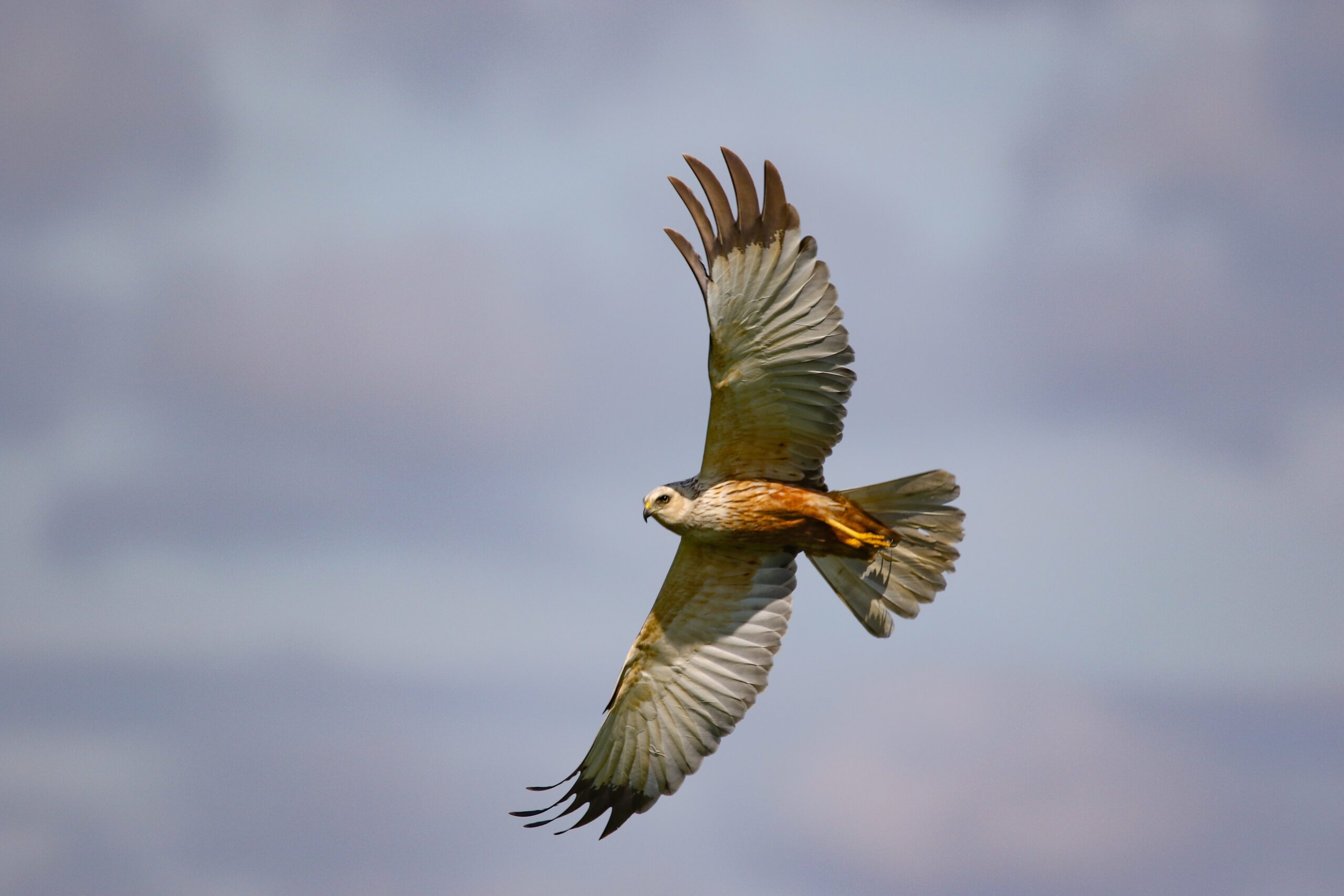
Of the 59 bird species listed on the UK BAP Priority Bird Species List (2007), the Estate has recorded 24 of these being present. These include great numbers of Skylark, Linnets, Yellow Hammers, Reed Buntings, Yellow Wagtail, Starlings, Songthrush and Lapwing. Other birds recorded on the BAP list include Willow Tit and Marsh Tit, Turtle Dove, Black-tailed Godwit, Lesser Spotted Woodpecker, Cuckoo and Bittern. The Estate also has notable favourable habitats for some red listed birds. Of the 70 red listed birds currently within the UK and we have sightings here of 33. Almost half.
It has seen the fledging of five Red Kite chicks over the last two years, a species that has not nested on the Estate for over 25 years. There has also been four Kestrel and four Marsh Harrier chicks this year. A tagging programme for Marsh Harriers residing and breeding on the marshes has been ongoing for six years. This is providing an important insight into their migration patterns. Fritton Lake also provides a vital food source for Osprey, four of which were sighted in September diving and feeding here before migrating to Africa.
The Parks at Somerleyton, which were once intensively grazed by livestock and fertilized to promote grass growth, have been left untouched for approximately seven years. This area is now a haven for raptors such as Barn Owls, Kestrels, Tawny Owls and Buzzards to forage for food as the long tussocky grass inhabits many field voles. Ten barn owl boxes have been erected in 2022 to provide nesting habitat for the species. The aim is to erect more boxes year on year.
- WeBS Wetland Bird Survey (.xlsx)
- Winter Birds Survey (pdf)
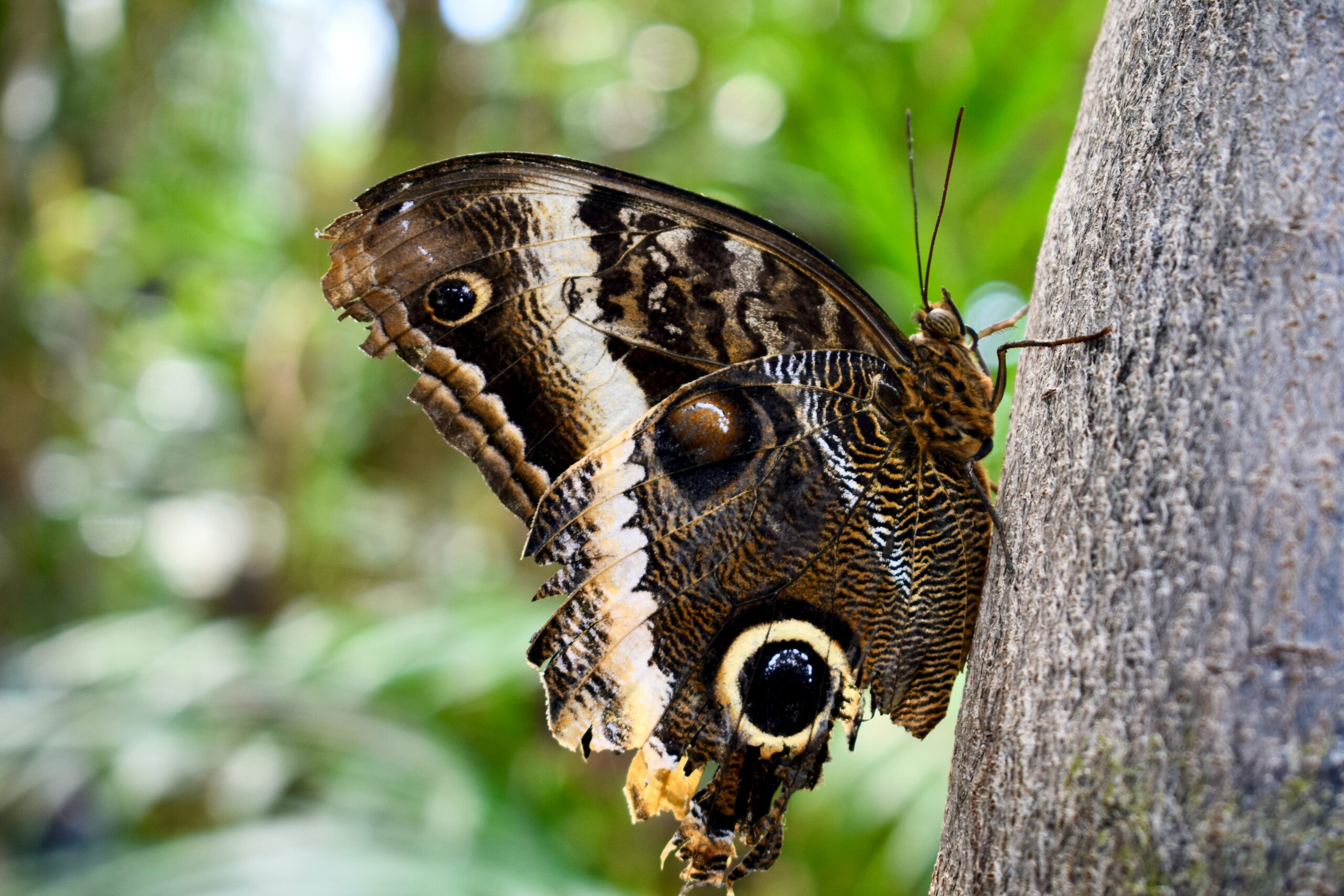
The Estate has recorded 774 species of moth over a 12 year period to the end of 2021. In 2022, 81 new species were recorded bringing our new Estate total to 855. 59 of these species of moths are BAP species, three of which are on the ‘priority’ list meaning that they are rapidly declining. One of these species is the Garden Tiger Moth which was recorded 14 times from six different marshland sites in 2022. This moth has declined by 92% over the past 40 years. These amazing figures demonstrate the creation of healthy ecosystems and the overall success of the project. The Estate still holds the only County record for a moth named Triaxomera Fulvimitrella.
- Moth Survey (.docx)
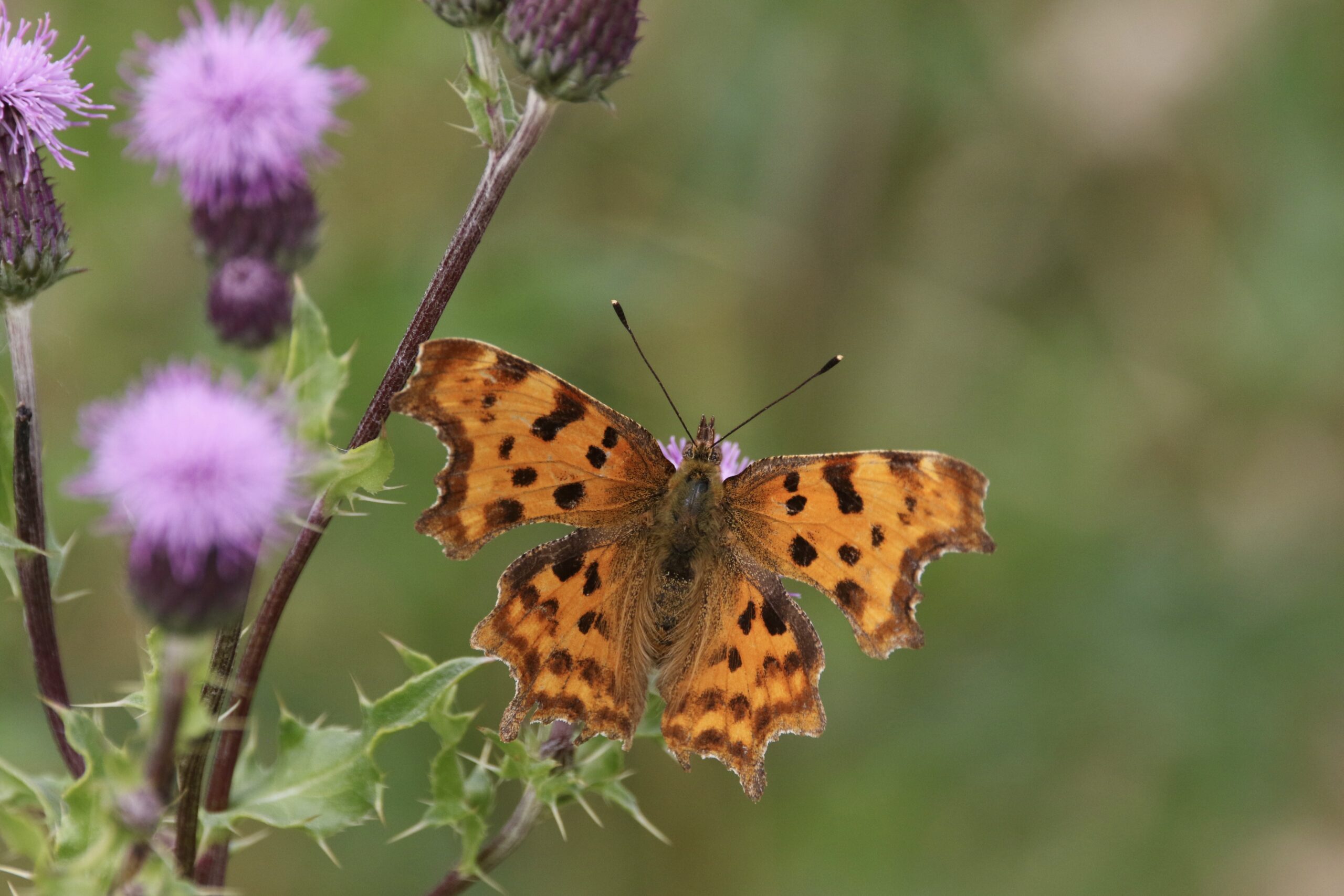
Butterfly surveys carried out between April to September 2022 demonstrated the Estate is home to a diverse range of butterflies. The hot summer that we experienced last year proved to be the perfect conditions for butterflies to breed and survive, giving very pleasing numbers particularly in June and July. The average number of butterflies recorded on a walked transect in July was 149 with the highest number of butterflies recorded on one single transect to be 327 within the nature restoration project. The Estate is home to two BAP species of butterfly – Wall Brown and White Admiral. Both of these species are classed a high priority species as nationally numbers are declining dramatically.
- Butterfly Survey (.xlsx)
The project has recorded six of the 10 reptiles and amphibians listed on the UK BAP Priority Herptile Species List (2007).
In 2022 a reptile survey was carried out in a part of the nature restoration project with great results. 13 Common Lizards, 30 Slow Worms and 1 Common Toad were found between April to October. Common Toads are currently classed as ‘near threatened’ so this was a great find.
The Estate has also been successful in securing funding from Natural England to create and improve pond habitat for Great Crested Newts. They are protected by British and European Law due to large declines and this scheme aims to improve the habitat to ensure successful breeding and habitation. Four ponds are being created that meet the criteria for the scheme.
